
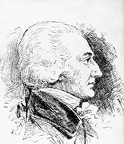 Nathan Read
Nathan Read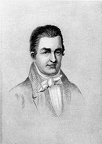 Oliver Evans
Oliver Evans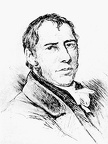 Richard Trevithick
Richard Trevithick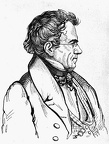 Thomas Blanchard
Thomas Blanchard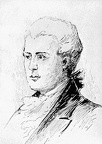 William Murdock
William Murdock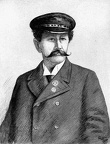 Carl Benz
Carl Benz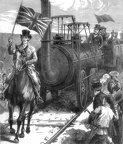 The first Railway Journey in England
The first Railway Journey in England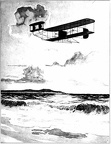 Original Wright Biplane
Original Wright Biplane Thomas A Edison
Thomas A Edison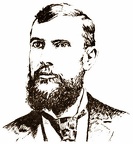 Charles E. Duryea, about 1894
Charles E. Duryea, about 1894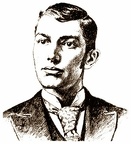 J. Frank Duryea, about 1894
J. Frank Duryea, about 1894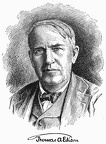 Thomas A Edison
Thomas A Edison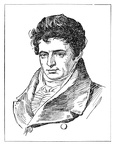 Robert Fulton
Robert Fulton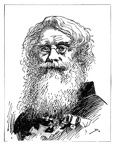 Samuel Finley Breese Morse
Samuel Finley Breese Morse Edison with his Phonograph
Edison with his Phonograph



